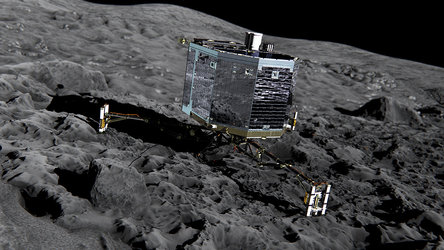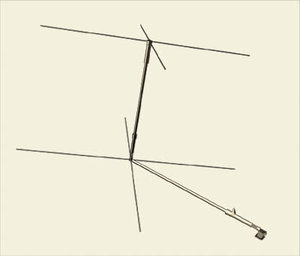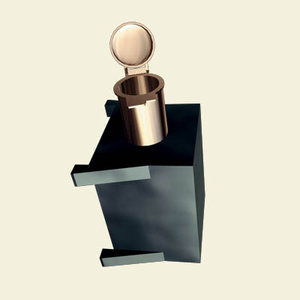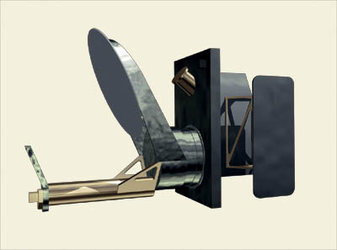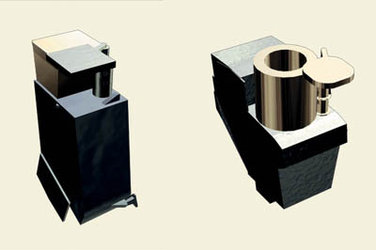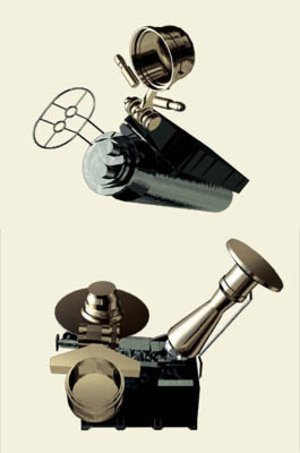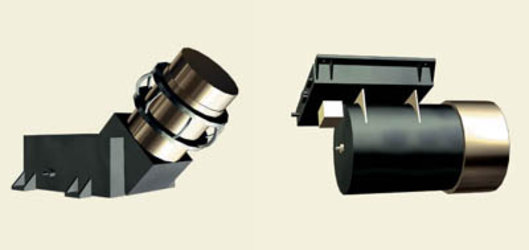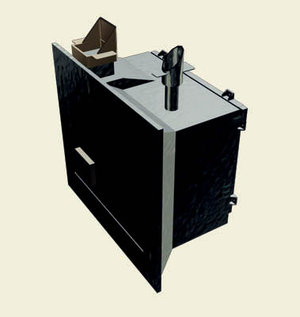RPC
RPC (Rosetta Plasma Consortium). In this instrument, five sensors measure the physical properties of the nucleus, examine the structure of the inner coma,monitor cometary activity, and study the comet's interaction with the solar wind.
Investigators:
Hans Nilsson, Institutet för rymdfysik, Kiruna, Sweden
James Burch, Southwest Research Institute, San Antonio, Texas, USA
Anders Eriksson, Institutet för rymdfysik, Uppsala, Sweden
Karl-Heinz Glassmeier, Technische Universität, Braunschweig, Germany
Pierre Henri, Laboratoire de Physique et Chimie de l'Environnement et de l'Espace, Orléans, France
Christopher Carr, Imperial College of Science, Technology and Medicine, London, United Kingdom





